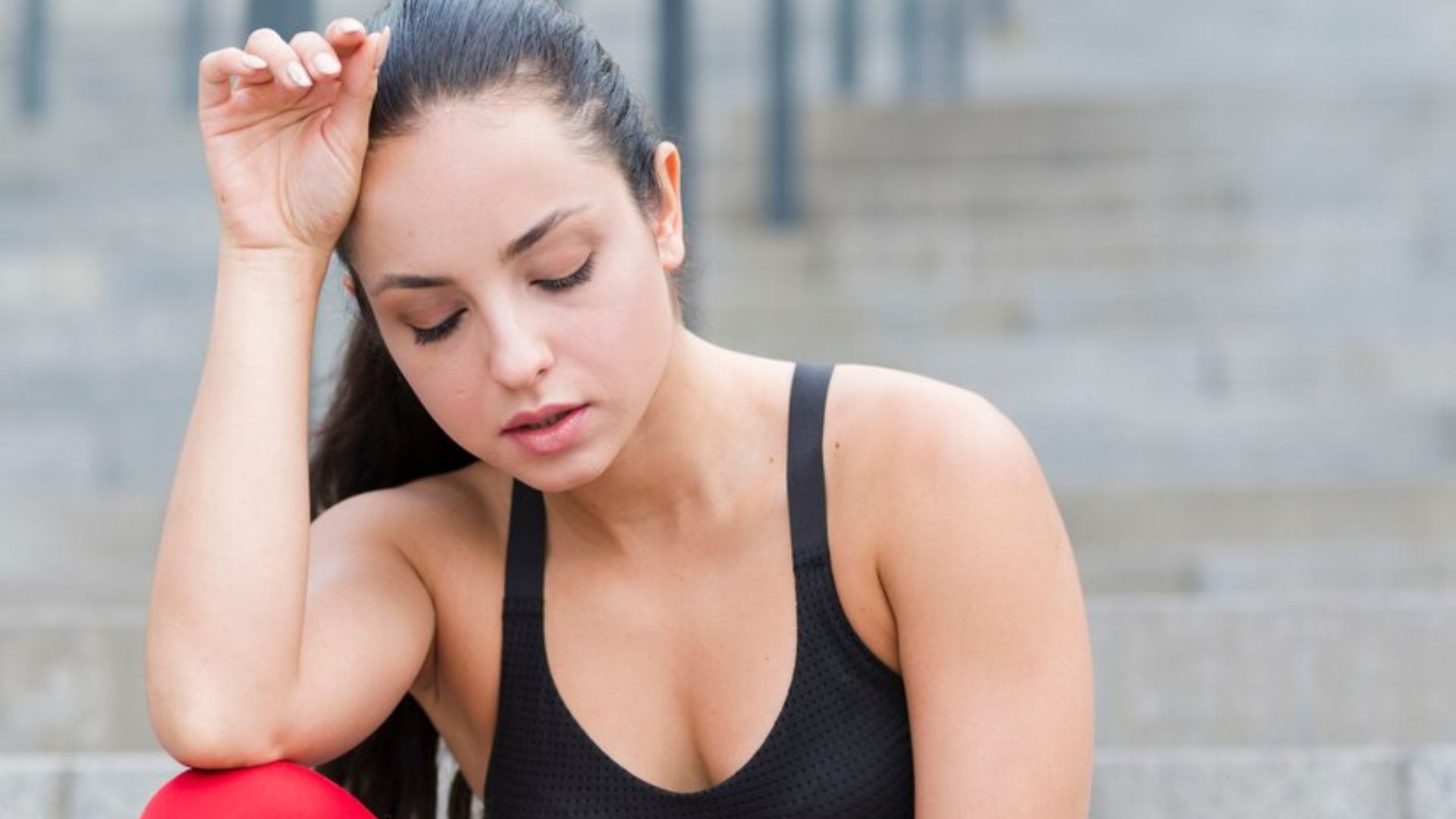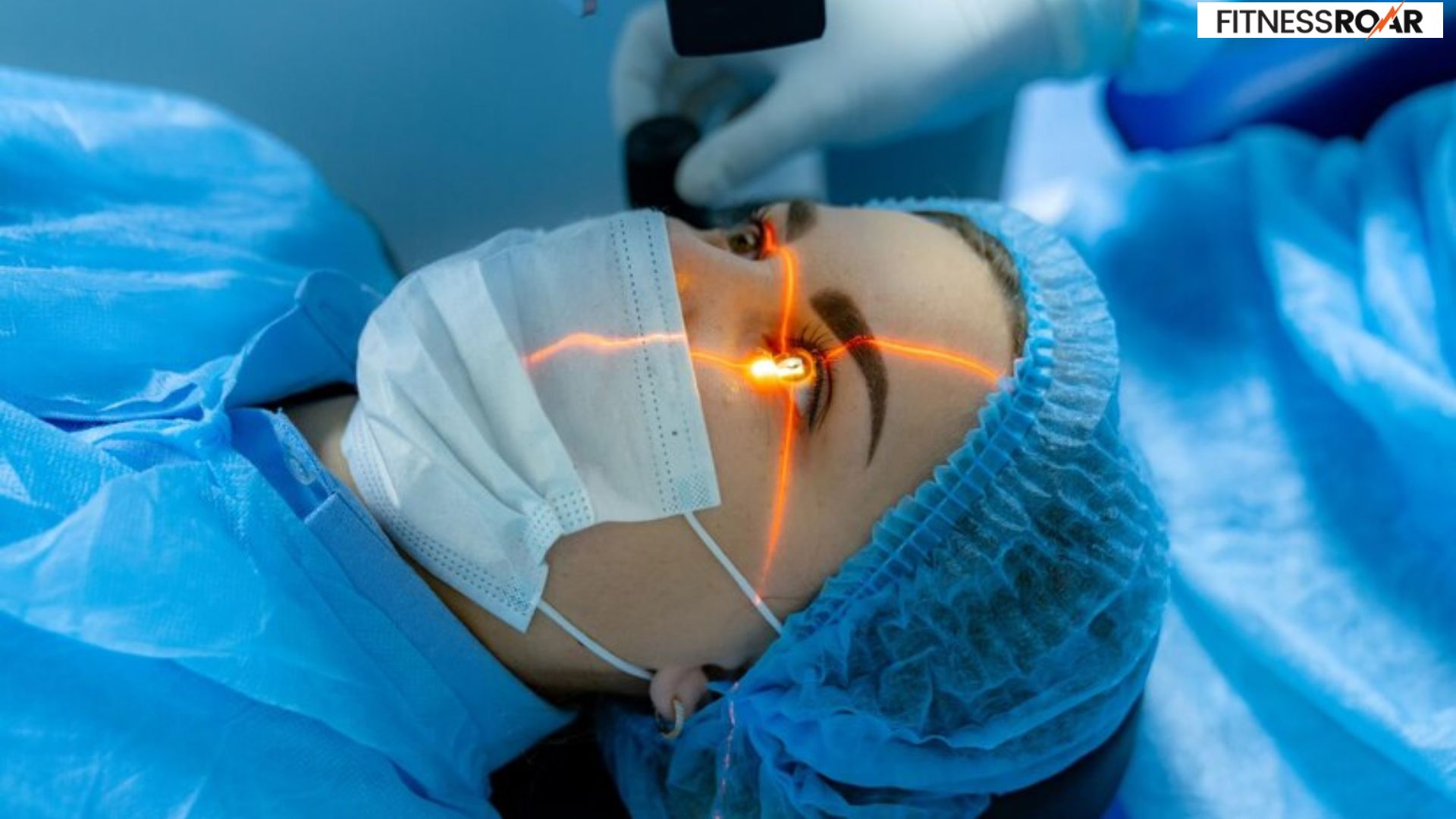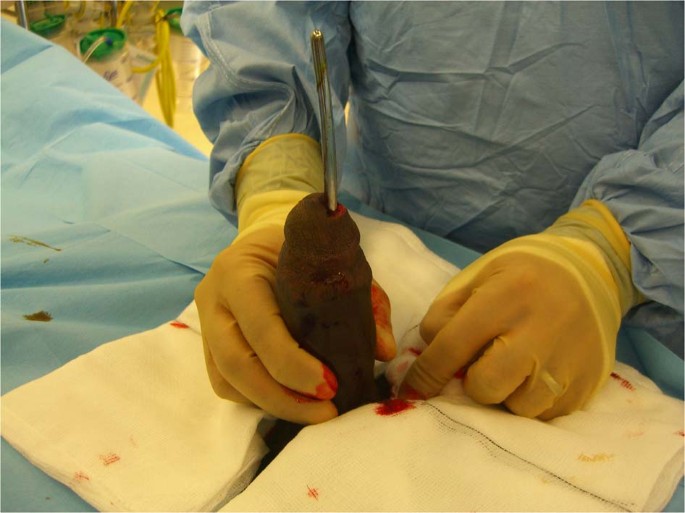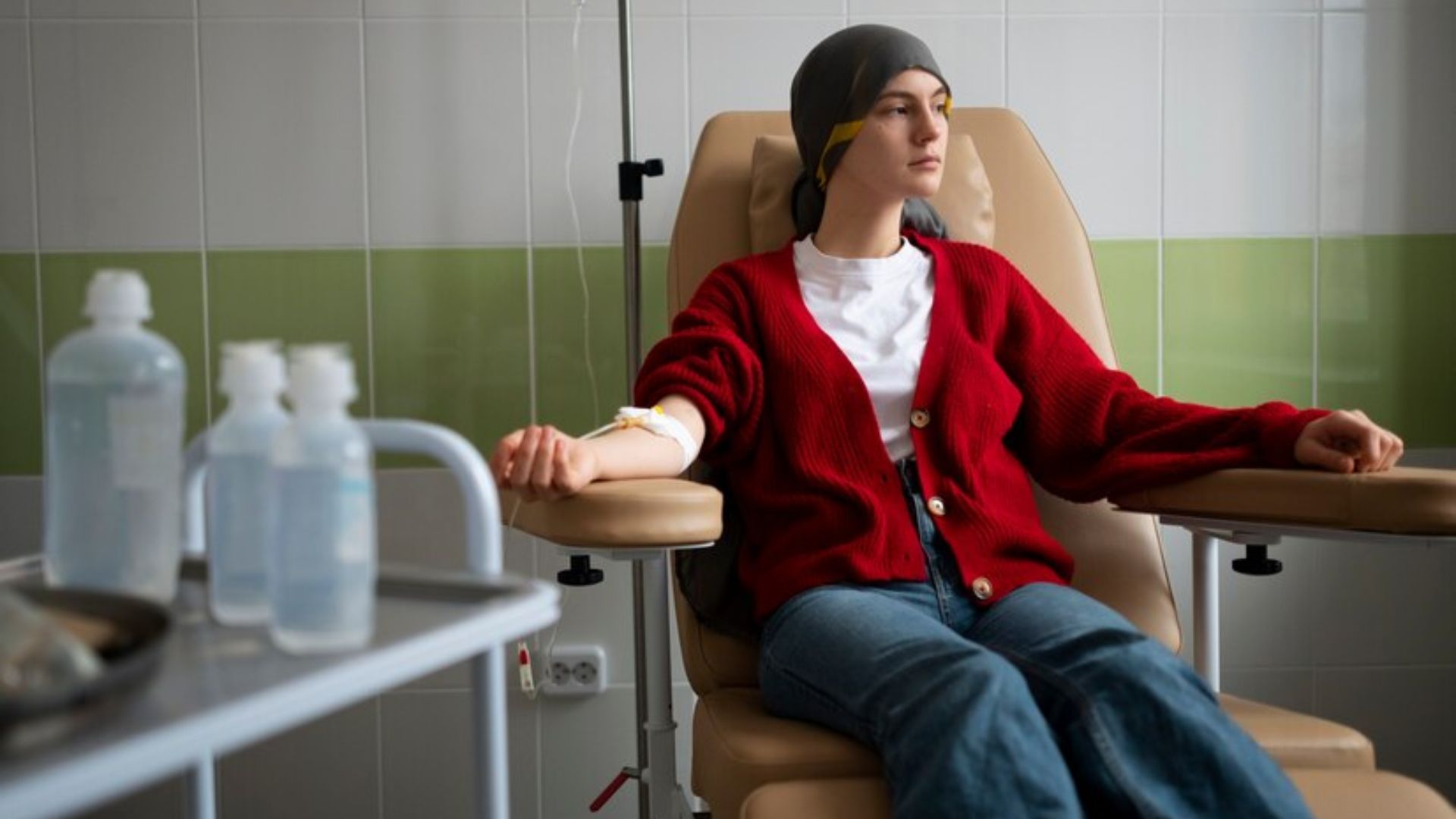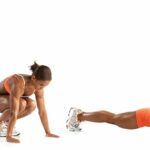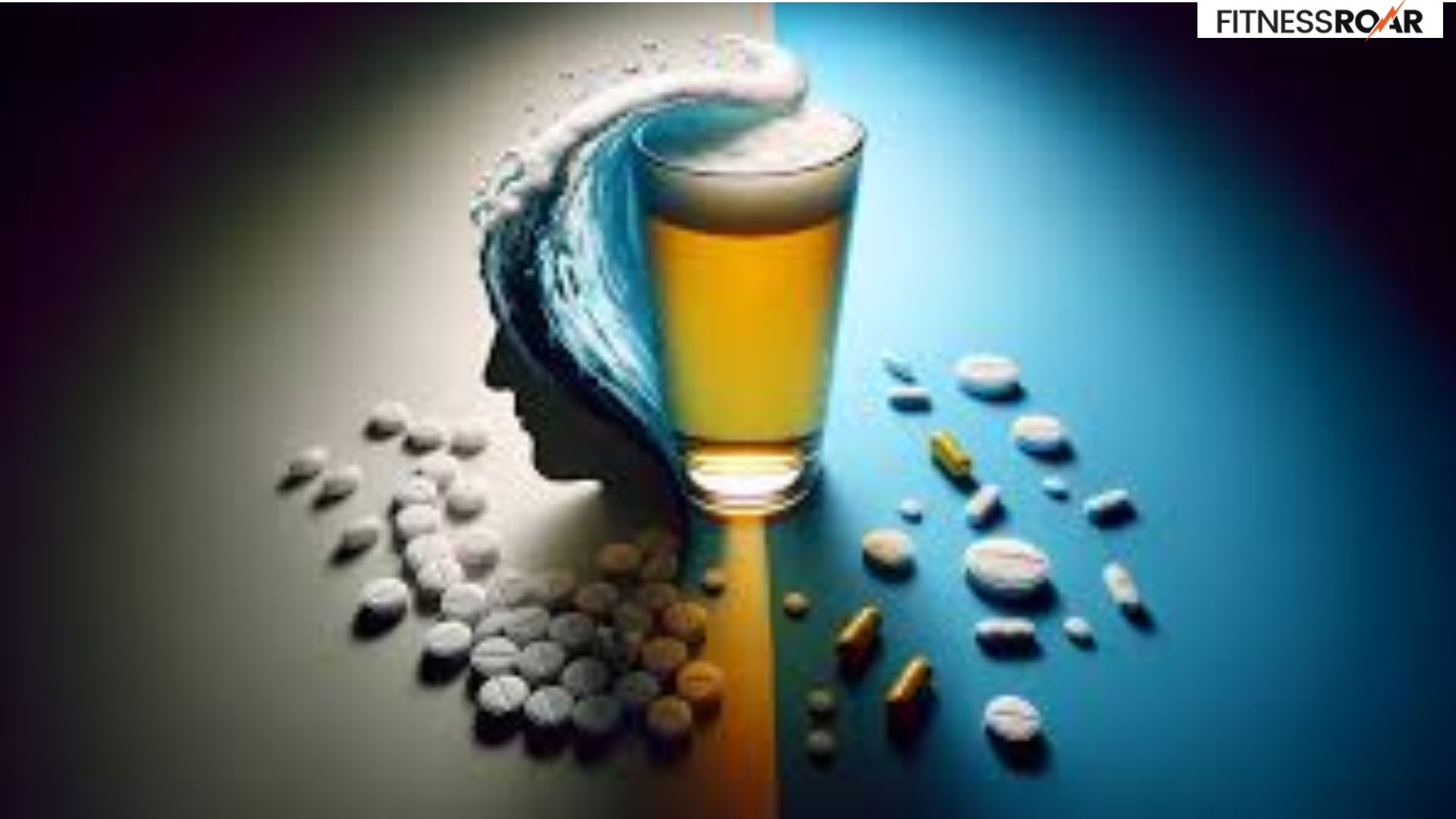Headaches After Workouts
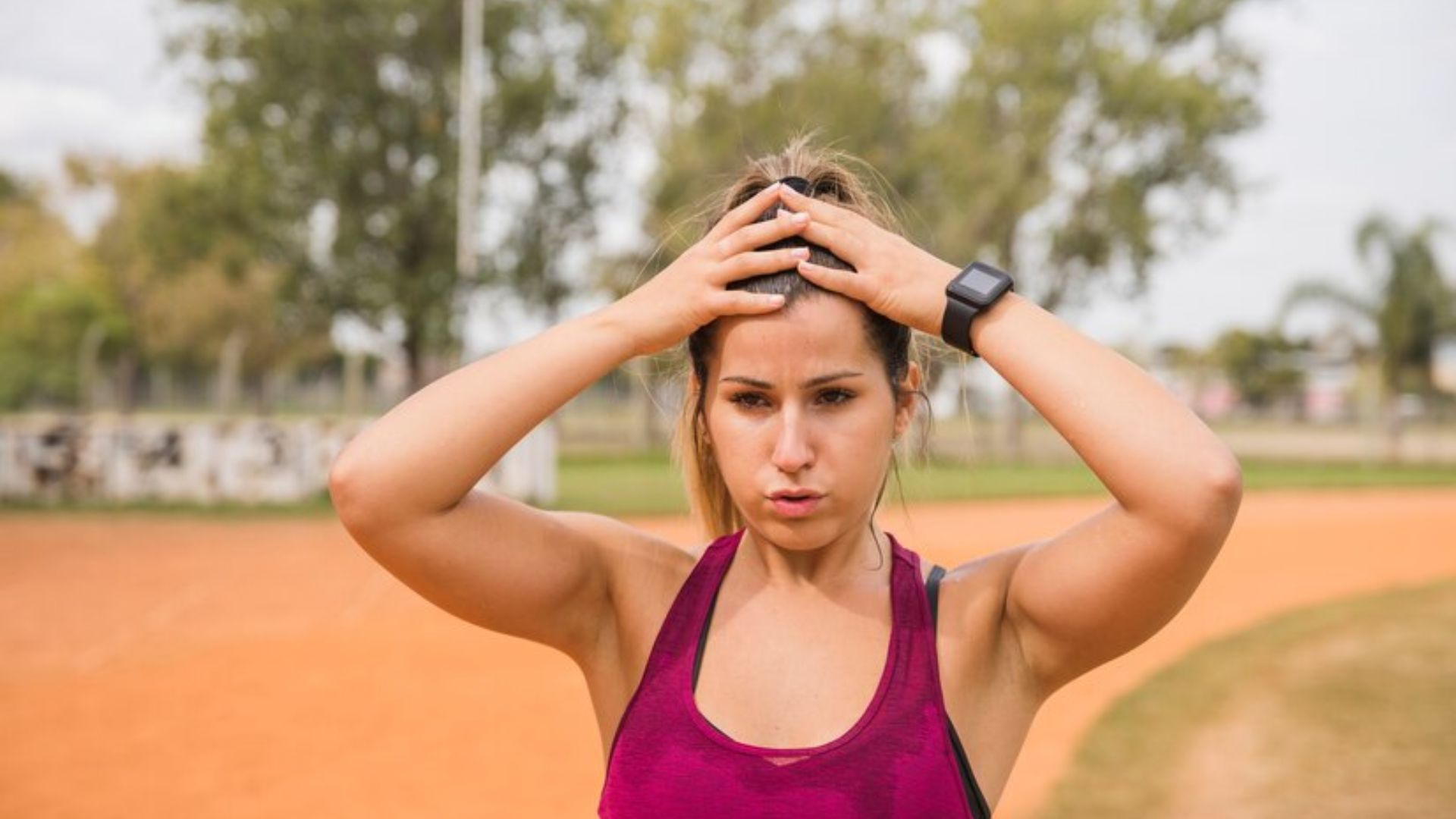
Have you ever pushed yourself through a tough workout, only to be rewarded with a throbbing headache afterwards? You’re not alone. Many people experience headaches after exercise, and while it might not be pleasant, it’s usually not a cause for major alarm. Let’s delve into the reasons behind these post-workout headaches and explore how to prevent them from hindering your overall well-being.
There are several culprits behind exercise-induced headaches. Dehydration is a common one. Sweating during exercise leads to fluid loss, and when your body doesn’t have enough fluids, it can affect blood flow to the brain, triggering a headache. Other factors include muscle tension, especially if your form is off during exercise, or overexertion if you’re new to working out or pushing yourself too hard.
Ignoring these headaches isn’t a good idea. Headaches can significantly impact your well-being, leaving you feeling drained and disrupting your post-workout routine. By addressing the cause, you can not only prevent headaches but also optimize your workouts and maximize the positive effects of exercise on your overall health.
Also Read: Yoga Asanas for Relieving Stress
Common Causes of Headaches
Hitting the gym shouldn’t come with a bonus headache. Yet, many exercisers experience post-workout pain in the head. Here are the usual suspects behind these bothersome throbs:
Dehydration: Sweating is a natural part of exercise, but it leads to fluid loss. When your body isn’t properly hydrated, blood flow to the brain can be affected, triggering a headache.
Electrolyte imbalances: Electrolytes are minerals that help regulate various bodily functions, including muscle and nerve function. Electrolyte imbalances caused by excessive sweating can contribute to headaches.
Low blood sugar: Exercise burns energy, and if you haven’t fueled your body adequately beforehand, your blood sugar levels might dip. This can lead to shakiness, dizziness, and headaches.
Poor posture or neck strain: Improper form during exercise can put undue stress on your neck and head muscles, leading to tension headaches.
High-intensity workouts leading to exertional headaches: Strenuous exercise can cause a specific type of headache known as an exertional headache. This is thought to be related to changes in blood flow and pressure in the head.
Environmental factors: Working out in hot and humid environments can increase your risk of dehydration and headaches.
It’s important to note that pre-existing conditions can also play a role. People who suffer from migraines or tension headaches might find that exercise triggers these headaches.
Types of Headaches After Workouts

Not all post-workout headaches are created equal. Here’s a breakdown of the different types you might encounter:
Primary exertional headaches: These are headaches that occur solely due to exercise, typically during or right after strenuous activity. They often manifest as a throbbing or pulsating pain on both sides of the head and might be accompanied by nausea or neck stiffness.
Tension headaches: The most common type of headache in general, tension headaches can also be triggered by exercise, especially if it involves improper form or muscle tension. These headaches usually present as a dull ache or pressure, often around the forehead, temples, or back of the head.
Migraines: People who are prone to migraines might find that exercise acts as a trigger. Migraines are intense headaches, often accompanied by nausea, vomiting, sensitivity to light and sound, and visual disturbances like auras.
Cluster headaches (less common): These are less frequent but extremely painful headaches that occur in clusters over a period of time. They are characterized by a burning or piercing pain on one side of the head, usually around the eye, and may be accompanied by a runny nose, tearing, and sweating on the affected side of the face. Cluster headaches are not typically triggered by exercise, but exertion could potentially worsen them in those who already experience them.
Also Read: Pay Attention to Vitamin D Levels
Remedies for Headaches After Workouts
A throbbing post-workout headache doesn’t have to derail your fitness goals. Here are some effective remedies to get you back on track:
Hydration and electrolyte replenishment: This is often the first line of defense. Drink plenty of water after your workout, and consider electrolyte-rich beverages or foods to replace lost minerals.
Rest and relaxation techniques: Sometimes, all your head needs is a break. Take some time to relax in a cool, quiet space. Techniques like deep breathing or meditation can also help ease tension headaches.
Over-the-counter pain relief (ibuprofen, acetaminophen): Over-the-counter pain relievers like ibuprofen or acetaminophen can be effective in reducing headache pain. However, it’s important to follow dosage instructions and consult a doctor if headaches are frequent or severe.
Cold or warm compresses: Applying a cold compress to your forehead or neck can help numb the pain of a headache. Alternatively, a warm compress on your neck and shoulders can help relax tense muscles that might be contributing to the headache.
Gentle neck stretches and massage: If your headache feels tension-related, gentle stretches and massage of your neck and head muscles can help ease the discomfort. Focus on gentle movements and avoid straining yourself further.
Preventing Headaches After Workouts
Headaches after exercise are often preventable. Here are some practical steps you can take to minimize your risk:
Proper hydration and nutrition before and after workouts: Drink plenty of water throughout the day, especially before and after exercise. Aim to consume fluids even if you don’t feel thirsty. Consider electrolyte-rich beverages or foods, particularly for longer or more intense workouts. Eat a balanced meal or snack beforehand to maintain blood sugar levels.
Warming up and cooling down properly: A proper warm-up prepares your body for exercise and increases blood flow. Conversely, a cool-down helps your body return to a resting state. Both can help prevent muscle tension that might contribute to headaches.
Using correct posture and form during exercises: Maintaining proper posture and form during exercise reduces strain on your neck and head muscles, minimizing the risk of tension headaches. Don’t hesitate to ask a trainer or instructor for guidance if unsure about proper technique.
Avoiding high-intensity workouts if prone to headaches: If you’re prone to exertional headaches, consider starting with moderate-intensity exercise and gradually increasing intensity as your body adapts. Listen to your body, and if you feel a headache coming on during a workout, take a break or reduce intensity.
Managing stress levels: Stress can be a trigger for headaches in general, and exercise can sometimes exacerbate stress. Practice stress-management techniques like yoga, meditation, or deep breathing to keep your stress levels in check.
By incorporating these preventive measures into your routine, you can significantly reduce your risk of post-workout headaches and enjoy the full benefits of exercise without the throbbing after-effects. Remember, if headaches persist or worsen, consult a healthcare professional to rule out any underlying conditions.
Also Read: Superfoods to Fight Fatigue
In Crux
Headaches shouldn’t be a part of your post-workout routine. By understanding the causes and implementing the preventive measures outlined above, you can take charge of your well-being and ensure exercise remains a positive and energizing experience. Remember, proper hydration, fueling your body, good form, and stress management are key allies in keeping headaches at bay.
Let’s make sweating it out a truly rewarding experience! Share your experiences and any questions you might have in the comments section below. We’re all on this fitness journey together, and by supporting each other, we can achieve our goals and feel great along the way.
How much did you like Our detailed How to Manage and Prevent Headaches After Workouts? Please share your view in the comment box. Also, please share these Blogs with your friends on social media.
Recommended

